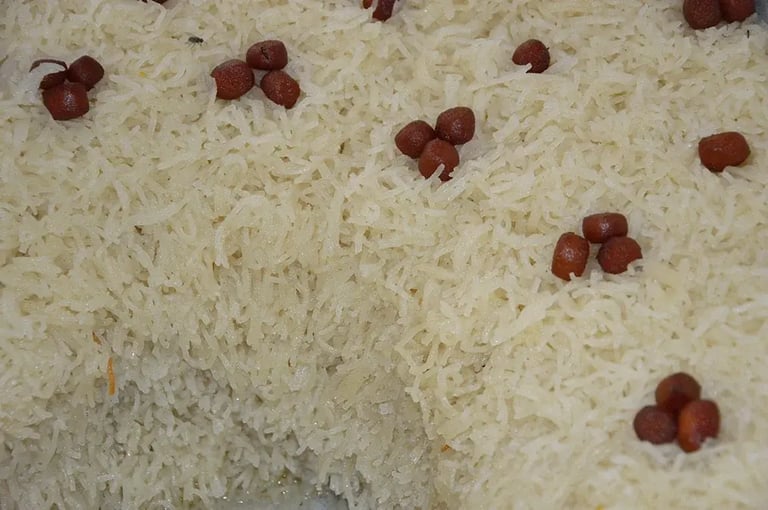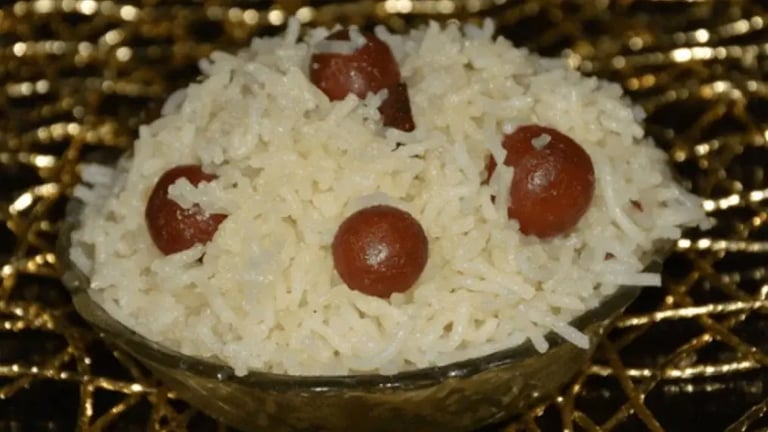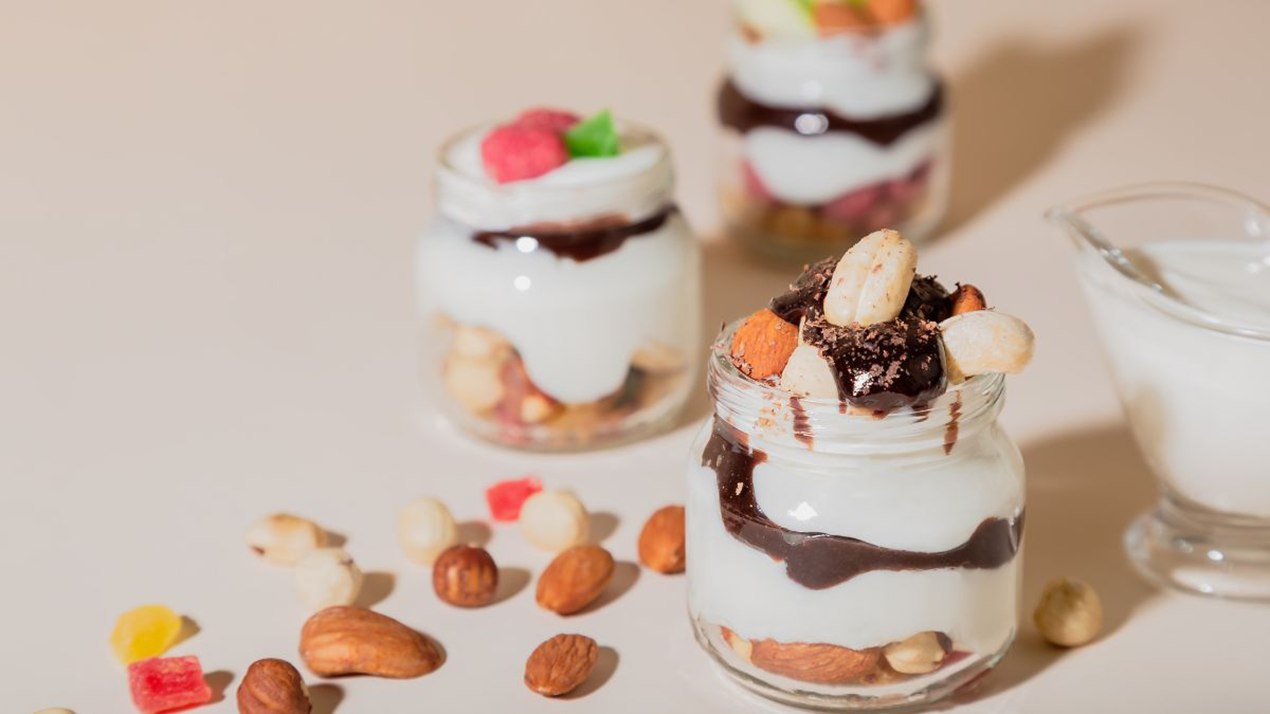Explore the legacy of Sitabhog & Mihidana, Bengal’s treasured sweets with deep cultural roots and festive flavor.

Sitabhog and Mihidana are two completely different sweets from the Burdwan district of West Bengal but go hand in hand like a buddy cop duo from your favorite action film. One is a rich yellow and the other a pristine white with small balls of chenna in it, sometimes dry fruits too. But before getting into their history what exactly are these sweets that put Burdwan on the map for dessert lovers?
Mihidana is the minuscule version of boondi, this is a bit of a stretch but think of it as a lowkey deconstructed laddoo. As for the Sitabhog, traditionally long-grained rice was used in the past, called Sitashol rice, but these days the fragrant Gobindobog rice is used and along with the sweet rice, tiny balls of deep-fried chenna, soaked in sugar syrup are also present in Sitabhog. As of 31st March 2017, both of these sweets have a GI tag. Despite their distinct taste and appearance they are synonymous, why exactly is that?
The History

Not shaped into any particular form and just existing like a glorious sweet mess like some of us, both of these sweets date back to the days of the British Raj, towards the early 20th century. It was the time when Vijaychand Mahatab was the Maharaja of Burdwan when he invited Lord Curzon, who was India's Viceroy during that period. As to why the visit was happening, was because the Curzon Gate was being made around 1904 in Burdwan. Lord Curzon was the one who gifted the title Maharaja to the zamindar.
To impress the Viceroy, the Maharaj beckoned the sweetmaker Bhairab Chandra Nag, to create something that would impress Lord Curzon. It took a while for Nag to come up with something unique that was served to the viceroy when he arrived in 1904 with much nervousness. For good reason. it was royal order and Nag had goofed up seriously while trying to make boondi. The balls were miniscule and he decided to wing it with his new creation alongside another sweet he had freshly created.
Known for his stoic nature, Lord Curzon was so delighted by both of the sweets that he made it mandatory that these sweets be served on all official occasions. These two sweets were Sitabhog and Mihidana; the latter was the goofed-up boondi. Impressed by Nag’s ingenuity, he bestowed a signed certificate to the sweetmaker. Years later, the same sweets were served to Jawaharlal Nehru and Lal Bahadur Shastri who came to Durgapur to attend the Congress party’s meeting. Both the leaders were in awe of the sweets and sang praises of it. Almost 120 years later, the twin sweets continue to enjoy popularity and have cemented their place alongside classics like the rosogolla, jolbhora and pantua.
How are they made?

The preparation of Mihidana is very similar to Boondi, refer to the history above, but as for the its fraternal sibling, Sitabhog is a different affair; mind you there are no instant sweet recipes for these mishti. Sitabhog’s original ingredient, the Sitashol rice was what Nag had used to delight Lord Curzon, but the modern version uses something else. The modern fare uses a combination of three different fragrant rice in their powdered form – Basmati, Gobindobhog and Kaminibhog rice, which is mixed with a tinge of besan and saffron. Water is used to turn the rice and condiments into a smooth paste and then this mixture is passed through a porous ladle into a kadhai bubbling with ghee. The long-grained rice illusion is created in this manner, which is nicely soaked in sugar syrup before being drained and set aside. Tiny chenna balls are also prepared, soaked in syrup and added to the Sitabhog.
Where to buy them

They will be available beyond Burwan, its birthplace at least in the capital city of Kolkata, but it is highly recommended that you buy them from their birth city. You can also try making them at home and you will find them under the many delish dessert recipes under Bengali sweets. They continue to be ever so popular that they sell by the kilo just like biriyani in some states of India. It’s a given, for these sweets don’t have a solid form like laddoos or sondesh that they will be charged by piece. Try these shops in Burdwan that are vetted by locals and food bloggers who have tried and tested the Sitabhog and Mihidana from the shops. Close to the Curzon Gate, you'll find Ganesh Mistanna Bhandar, which is highly recommended, for the sweets, if not the service. Also try Indian Sweets, Radhaballav Mistanna Bhandar, Deshbandhu Mistanna Bhandar and Netaji Mishtanna Bhandar.
Like This Article?
More Like This



Popular Articles





Trending Web Stories
Curated Recipes



















